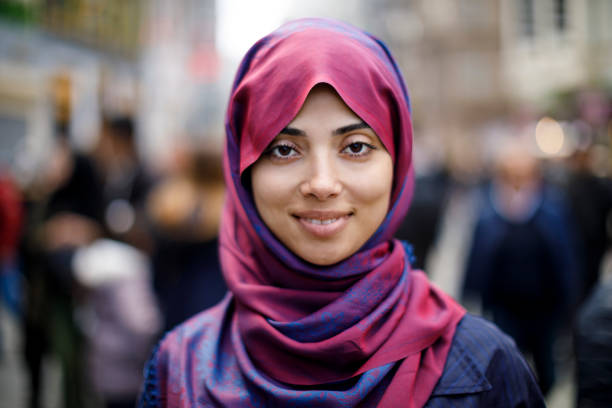The Impact of Hijab on Mental Health: Unveiling the Empowering Connection
The hijab, a religious and cultural practice observed by millions of Muslim women worldwide, has long been a subject of curiosity and debate. Often misconstrued as a symbol of oppression, the hijab holds deep meaning for those who choose to wear it. Beyond its religious significance, the hijab can have a profound impact on mental health, fostering empowerment and strengthening personal identity. In this blog post, we will explore the The Impact of Hijab on Mental Health, shedding light on the positive effects it can have for Muslim women.
Embracing Individual Identity:
The decision to wear the hijab is a personal choice rooted in faith, culture, and individual beliefs. Contrary to common misconceptions, the hijab serves as a means of expressing one’s identity and spirituality, reinforcing a strong sense of self. By proudly wearing the hijab, women are able to establish a unique and authentic identity, fostering a positive relationship with themselves and boosting self-esteem.
Strengthening Community Bonds:
The hijab not only empowers women individually but also strengthens bonds within the Muslim community. Wearing the hijab signifies a shared experience and demonstrates solidarity with other Muslim women. This sense of belonging can enhance social support networks, providing a support system that can positively impact mental health. The hijab serves as a unifying symbol, creating a safe space for connection and shared experiences.
Promoting Body Positivity:
In a society heavily influenced by unrealistic beauty standards, the hijab can be a liberating choice for women. By covering their hair and bodies, Muslim women are freed from societal pressures regarding physical appearance. This shift in focus allows for a deeper connection with one’s inner self and promotes body positivity. The hijab encourages self-acceptance and self-love, fostering a healthier relationship with one’s body and reducing the risk of body image-related mental health issues.
Building Resilience and Empowerment:
Wearing the hijab can be an act of resilience and empowerment in the face of adversity. Muslim women who choose to wear the hijab often encounter prejudice, discrimination, and stereotypes. Despite these challenges, embracing the hijab can instill a sense of strength and determination, fostering resilience in the face of adversity. This empowerment transcends into other aspects of life, allowing women to overcome obstacles and embrace their full potential.
Enhanced Spiritual Connection:
The hijab serves as a visual reminder of one’s commitment to faith and spirituality. By wearing it, women can deepen their connection with their religious beliefs, fostering inner peace and tranquility. This spiritual connection provides a source of solace and support during challenging times, promoting overall mental well-being.
Conclusion:
Contrary to prevalent misconceptions, the hijab has a transformative impact on mental health, promoting empowerment, identity, and self-acceptance for Muslim women. By embracing the hijab, individuals find strength in their personal and collective identity, build resilient communities, and foster body positivity. This religious and cultural practice serves as a powerful tool for nurturing mental well-being, providing a source of strength and spiritual connection. It is crucial to recognize and appreciate the positive impact the hijab has on mental health and support the autonomy of Muslim women in making choices that align with their beliefs and values.




